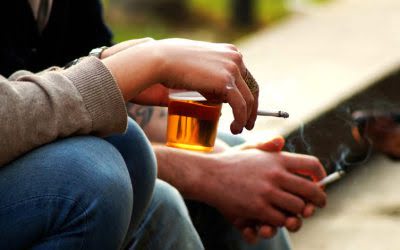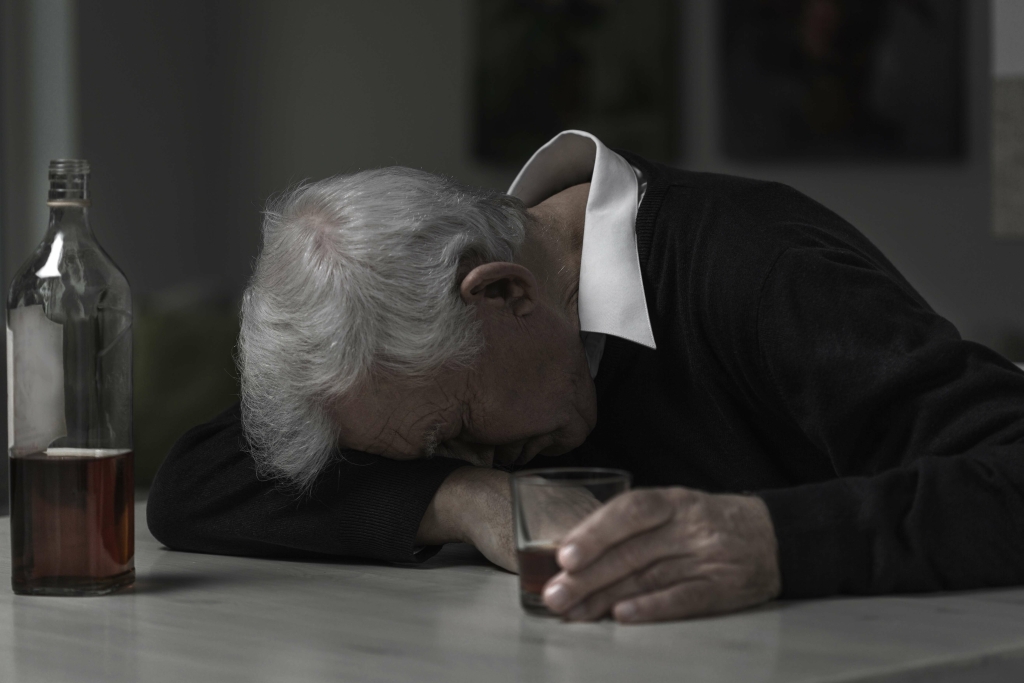In the DSM-5, alcohol use disorder is further classified into categories of mild, moderate, and severe. Cognitive-behavioral therapy (CBT), which equips you with the tools to turn negative habits into positive ones, is often used. The NIAAA has identified five subtypes that can help you better understand alcohol use disorder and how it affects different individuals. You can prevent alcohol use disorder by limiting your alcohol intake. According to the National Institute on Alcohol Abuse and Alcoholism, women shouldn’t drink more than one drink per day, and men shouldn’t drink more than two drinks per day.
- What might seem like a reasonable expectation in some circumstances might be totally unreasonable when it comes to someone with an addiction.
- The flush reaction is more common in Asian populations but can occur among other groups as well.
- If your loved one is truly dependent on alcohol, they are going to drink no matter what you do or say.
- Drinking releases endorphins which can lead people to feel happy, energized, and excited.
- But the reality is that not even the person dependent on alcohol can control their drinking, try as they may.
It may shift from stimulant to sedative in line with whether blood alcohol content is rising or falling. Given the power of alcohol on the brain, people who drink heavily may come to rely on it to regulate their mood. At Compassion Behavioral Health, our team specializes in providing successful treatment programs to those struggling with a variety of substance abuse issues in Florida.
Overview of Alcohol Consumption
Alcohol use disorder is considered a progressive disease, meaning that the effects of drinking alcohol become increasingly more severe over time. Taking an alcoholism screening quiz can help you determine whether you have the symptoms of an alcohol use disorder. For example, if they drink to cope with stress or negative feelings, it may seem to work in the short term, but increased cortisol levels leave the person feeling more anxious than when they started drinking. This contributes to increased tolerance and the individual needs to drink more to produce the same effect. It is determined largely by, first, the value that the person places on drugs and, second, the person’s expected chances of being able to get the desired benefits from their use. This view can be applied to explain the reasons why people decide to drink.
From a motivational perspective, social norms affect the value that individuals place on drug use. For example, in many western societies, alcohol is used at specific events and regular times, such as Friday evening after work. For example, students drink more on campuses that have a strong drinking culture.
As Dry January becomes more popular, local bars & businesses become more accommodating
Alcohol abuse treatment programs teach people how to move into an alcohol-free lifestyle while teaching them healthy coping strategies. They can simultaneously help treat any co-occurring mental health issues. Based on these findings, the causes of alcoholism can lie in mental and emotional health.

In some cases, the first step in treating alcohol use disorder is detoxification—experiencing withdrawal in a safe setting with medical professionals. As anyone who has had even a glass of wine can attest, alcohol can have why do people become alcoholics a noticeable influence on mood. Drinking releases endorphins which can lead people to feel happy, energized, and excited. But alcohol is also classified as a depressant and can cause fatigue, restlessness, and depression.
About half of U.S. pet owners say their pets are as much a part of their family as a human member
This means they can be especially helpful to individuals at risk for relapse to drinking. Combined with medications and behavioral treatment provided by health care professionals, mutual-support groups can offer a valuable added layer of support. For example, alcohol causes increased release of “pleasure chemicals” in the brain, such as serotonin and dopamine. Those susceptible or predisposed to alcoholism may experience higher levels of pleasure compared to the average population. This can contribute to the hypothesis that alcohol is more addicting for some individuals than others. Moreover, binge drinking also releases “negative chemicals”, such as cortisol.
